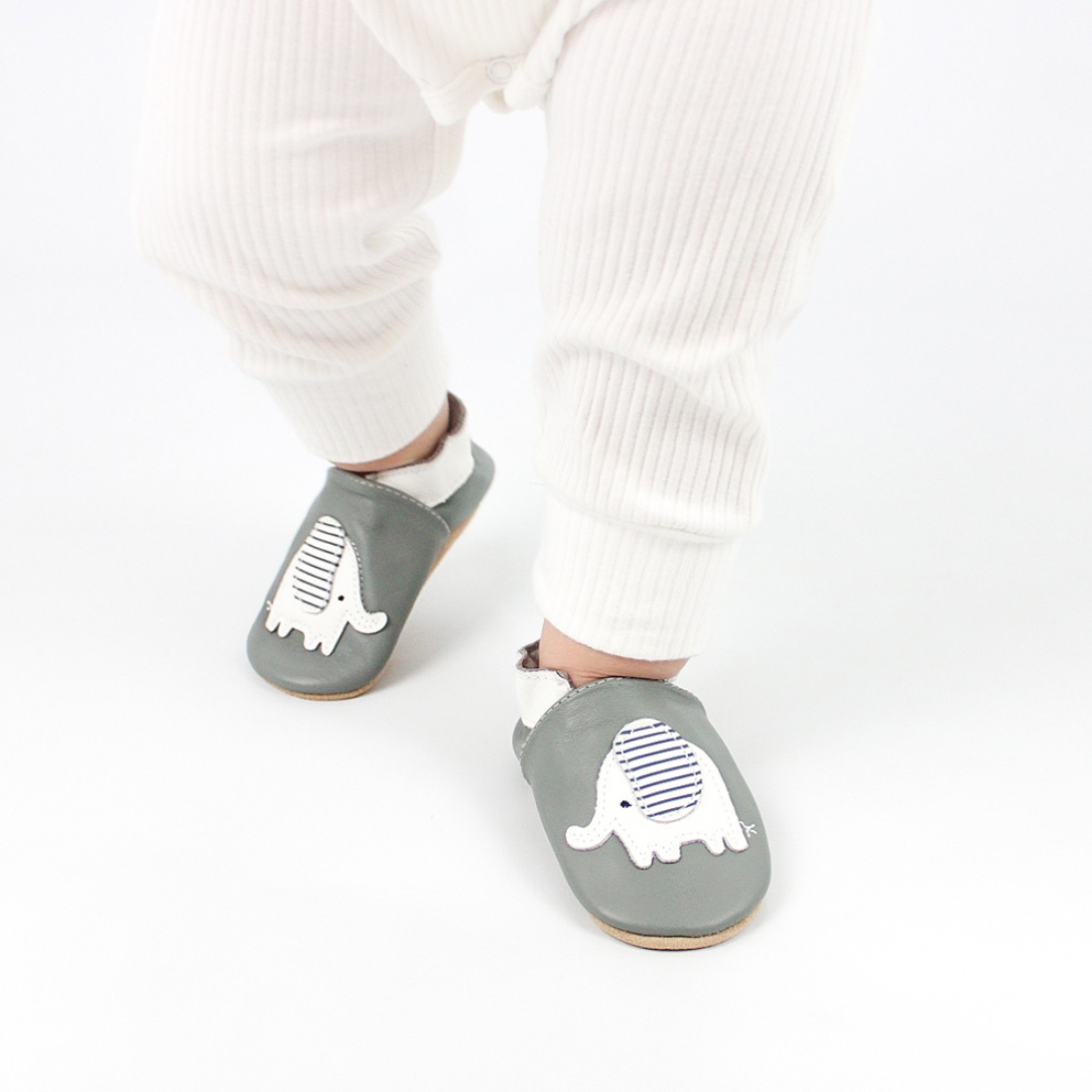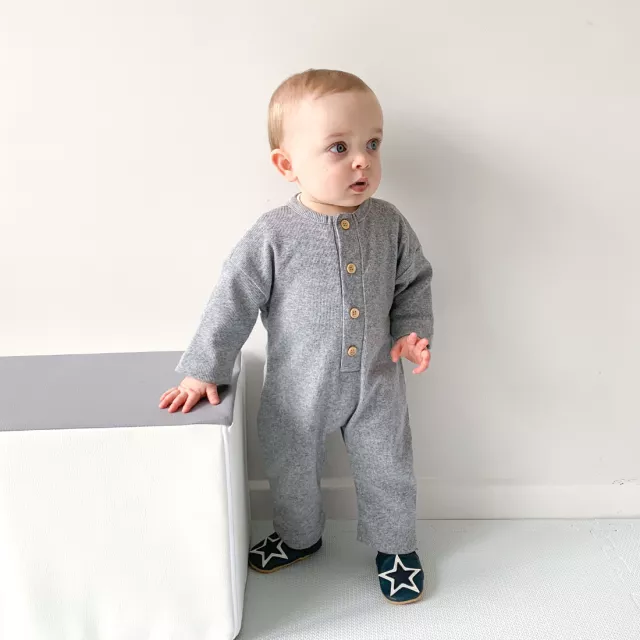What makes a good pair of babies first shoes?
A good pair of baby's first shoes should be flexible, lightweight, and have a non-slip sole. They should also have a wide toe box to allow room for the baby's toes to move and grow. Additionally, baby shoes should have a secure fit to stay on the baby's feet and should be easy to put on and take off. It's also important to choose shoes made from breathable materials to keep the baby's feet comfortable.When choosing a first pair of baby shoes, there are a few key factors to consider:
- Size: It's important to choose the correct size to ensure a comfortable fit. Measure the baby's foot and leave some room for growth.
- Flexibility: Look for shoes that are flexible and have a soft sole. This will allow the baby's feet to move and develop naturally.
- Non-slip sole: Look for shoes with a non-slip sole to prevent slips and falls.
- Secure fit: The shoes should have a secure fit to stay on the baby's feet and prevent them from being kicked off.
- Easy to put on and take off: Look for shoes that are easy to put on and take off, as babies can be wriggly and can make it difficult to put on shoes.
- Breathable materials: Choose shoes made from breathable materials to keep the baby's feet comfortable and dry.
- Durability: Baby shoes go through a lot of wear and tear, so look for shoes that are made with durable materials.
It is also important to note that babies should not wear shoes all the time. They should be allowed to walk and crawl barefoot to help promote natural foot development and allows them to figure out their balance. These principles listed above have all been used when our team designed all Dotty Fish shoes. They have also been approved by paediatric podiatrist which is another level of reassurance for parents.
When do babies need shoes?
Babies do not need shoes until they start to walk. Until then, it's best to let them walk and crawl barefoot. Walking barefoot helps babies develop the muscles in their feet and improves their balance and coordination. As much as barefoot is best it isn't always practical. The next best thing is a soft sole baby shoe designed to be as lightweight and flexible as possible. 
When choosing shoes for a walking baby, it's important to find a pair that fits well, is flexible, and has a non-slip sole. It's also important to make sure that the shoes are easy to put on and take off, and that they are made from breathable materials.
It's essential to check the fit of the shoes often and to change the shoes as soon as the baby outgrows them. Shoes should not cause toes to be restricted or be too tight around the whole foot. Blisters or red marks when taking shoes off are a red flag. It's also important to let the baby walk barefoot when it is safe to do so. Encourage barefoot time: Babies should not wear shoes all the time, let them walk and crawl barefoot as often as possible to help strengthen the muscles in their feet and improve their balance.
Are baby booties better than baby shoes as a first shoe?
Baby booties and baby shoes both have their own unique benefits, and which one is better for your baby's first shoe depends on your baby's individual needs and your preferences.Baby booties are a popular choice for first shoes because they are typically made from soft, breathable materials and have a flexible sole. They are also often designed to stay securely on the baby's feet, with features such as elastic ankle bands, hook and loop fastenings or drawstrings. Additionally, booties can provide extra warmth and protection for the baby's feet in colder weather.
Baby shoes, on the other hand, often have a more structured design and can provide more support for the baby's feet as they start to walk. They may also have a non-slip sole, which can help prevent slips and falls. Shoes may also be more appropriate for some environments, like outside. A soft sole leather shoe may be a compromise, especially on hardwood floors.
Ultimately, it's important to choose a pair of shoes that fit well, are comfortable, and provide the necessary support and protection for your baby's growing feet. You can try both booties and shoes and see which one your baby is more comfortable in and which one you prefer. It may be a case of using a mix of structuredfirst walking shoes, soft sole shoes, baby booties and barefoot depending on the environment you are in at the time.
Happy Toddling,
The Dotty Fish Team

